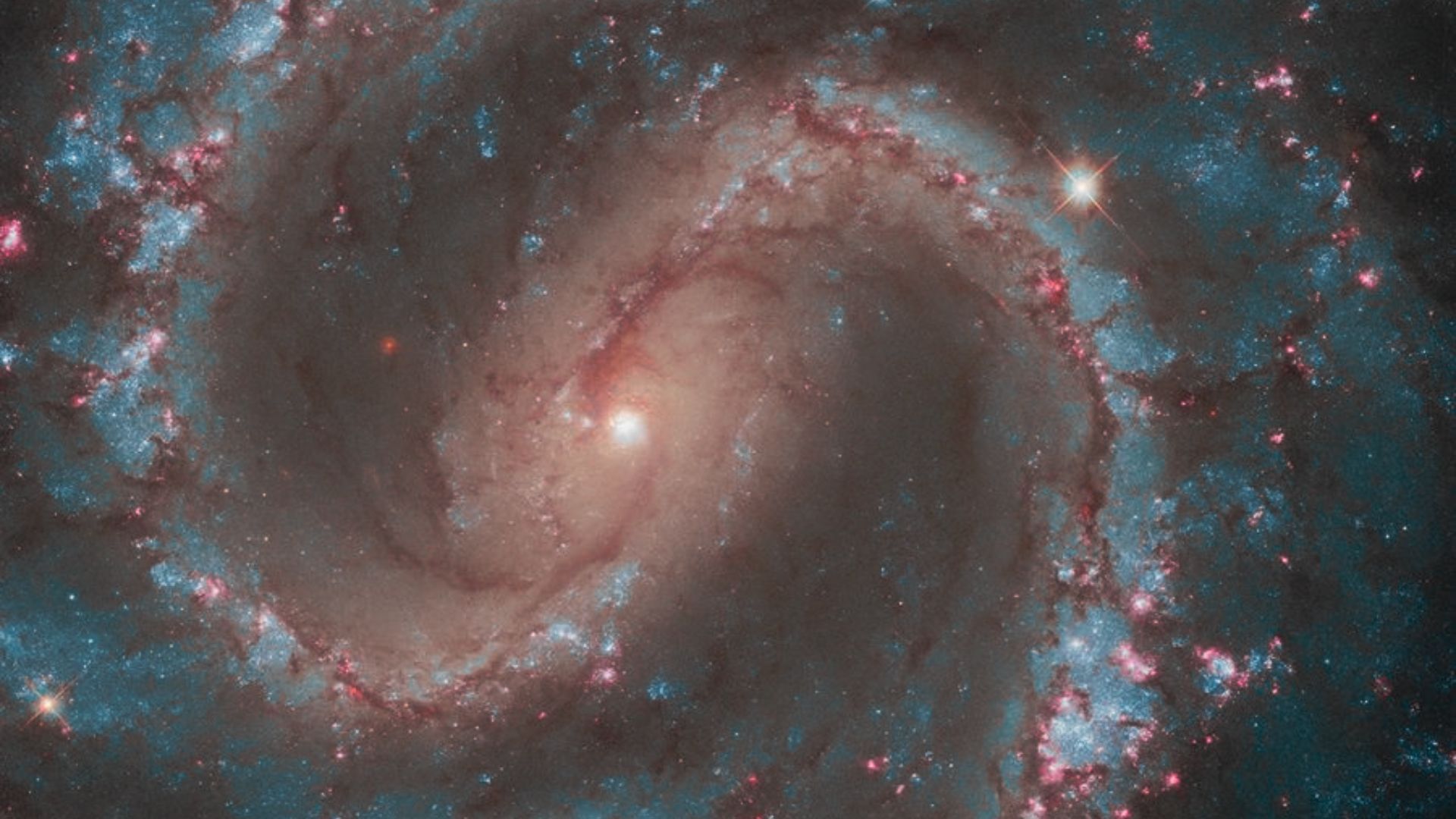New Delhi: The Hubble Space Telescope has turned its sensitive gaze towards a galaxy designated as NGC 4535 at a distance of 50 million lightyears in the constellation of Virgo. On a small telescope, the galaxy appears as a dim and diffuse blob, earning it the nickname of the ‘Lost Galaxy’. The galaxy has been revealed in exquisite detail by Hubble, resolving features such as the central bar of stars and massive spiral arms. The rose blossoms in the galaxy are stellar nurseries housing the newborn stars that are shining in energetic blue light. The galaxy is home to hot, young and massive stars.
These massive stars are short lived, living fast and dying young, exploding as supernovae. The observations were conducted as part of a programme to investigate the connections between young stars and cold gas, and conduct a survey of about 50,000 stellar nurseries in nearby star-forming galaxies. Stars are formed in massive clouds of gas, with the combined stellar winds shaping and carving the surrounding star forming material, blowing away the gas and dust in some regions, and concentrating them in others, resulting in the formation of more stars. The dark lanes in the image are obscuring clouds of dust.
Spirals are not a physical structure
The Lost Galaxy is a spiral galaxy which has a face-on orientation to the Earth, allowing telescopes to study its internal structure. The spiral arms are believed to be caused by the independent motions of stars around the core of the galaxy, and are density patterns as against physical structures in the galaxy. If the structures were physical, they would quickly wind up and disappear. The central bar of the galaxy is believed to play a role in the transport of gas and dust towards the supermassive black hole occupying the core of the galaxy.
